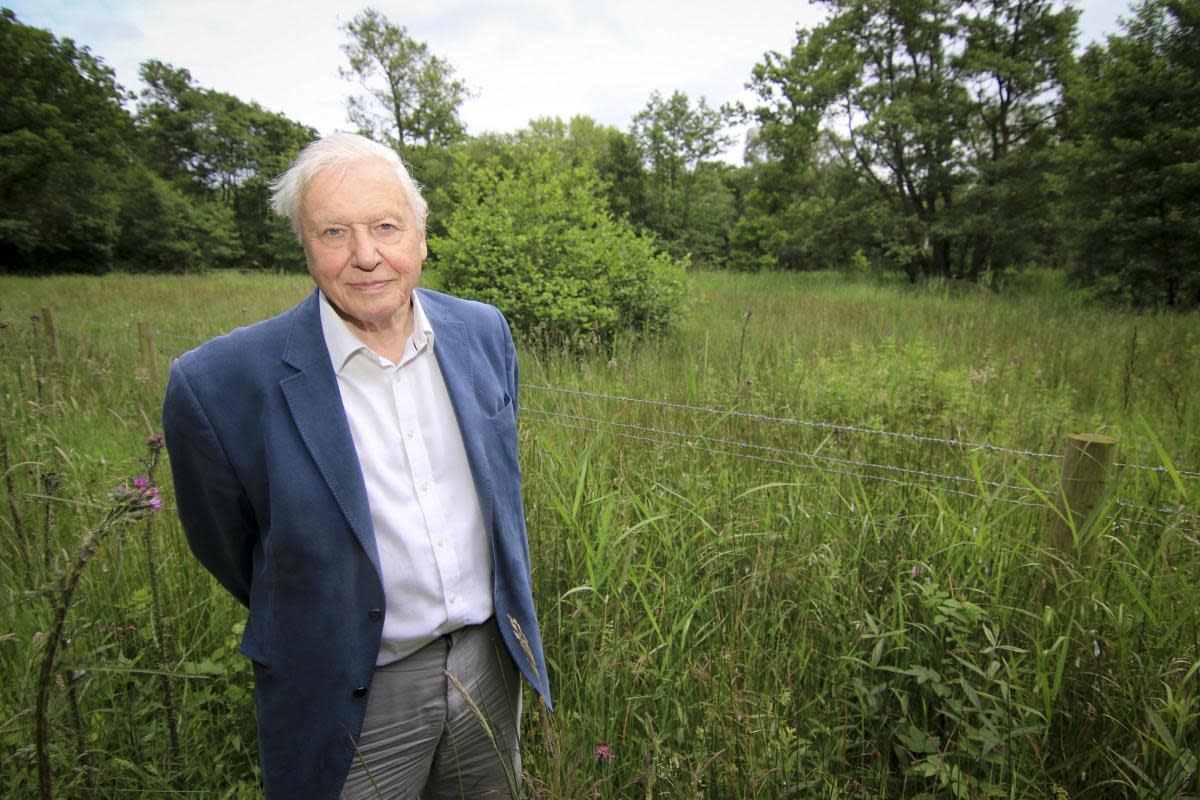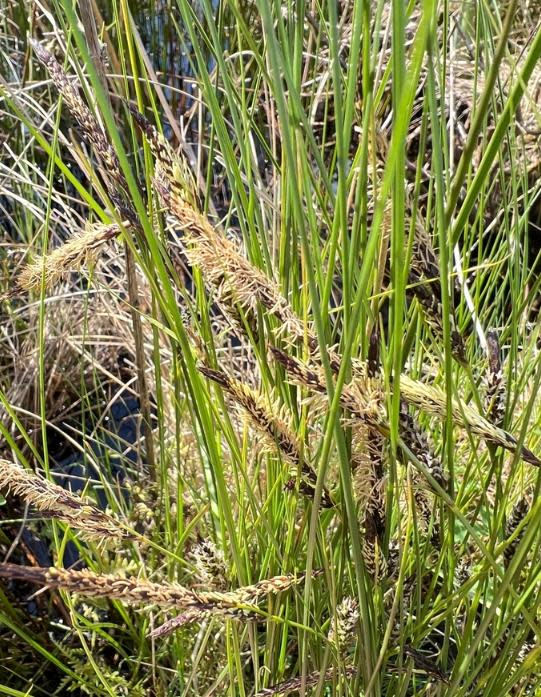'Once in a century' flower returns to York

ECOLOGISTS were astounded this April when they stumbled across a display of flowers from a plant species thought to be long extinct from York.
The Yorkshire Wildlife Trust have confirmed that the slender sedge has returned to Askham Bog nature reserve in York with its first mass flowering after being last seen at the site in 1930 – 94 years ago.
The ancient bog was formed 17,000 years ago, left behind by retreating glaciers at the end of the last ice age, and has been subject to some debate in the past with proposals for a housing development prompting David Attenborough to liken building next to the site to the outcry if someone was to ‘put a building site next to York Minster’.
READ MORE:
Askham was the first nature reserve ever owned by the Yorkshire Wildlife Trust and has remained a jewel in the Trust’s crown with over 300 diverse species of plant, including its latest addition.
The slender sedge is a grass-like plant known to thrive in water and wetland, with flowers that bundle together in spikes. It was first spotted at the reserve last year after an almost hundred-year absence but because this species is known to be a shy flowerer, this lack of flowers wasn’t questioned.
It was only this year where ecologists were able to confirm its return – joining a cast of 22 species of sedge found at the Bog – a third of all British sedge species and some that have been absent for many years.

A slender sedge in Askham Bog (Image: Alastair Fitter)
Slender sedge is still quite widespread in the hills of northern and western Britain, but most lowland populations have been lost as a result of drainage. Its rediscovery in 2021 brought the number of known sedges at Askham Bog to an amazing 22 species – a third of all British sedge species.
Alistair Fitter, Emeritus Professor of Ecology at the University of York and one of Yorkshire Wildlife Trust’s trustees, said: ““The likely trigger for this mass flowering is the very wet winter we’ve just had, and the part of the Bog where slender sedge grows still has standing water in early May, when normally the water level would be below the surface. This confirms other evidence that over the last hundred years the Bog has become much drier.
“If we can bring the water level back up to where it used to be – it is a Bog! - that would benefit other lost species such as crested buckler fern, last seen over a hundred years ago and now extinct in Yorkshire, and help restore the Bog to its former glory.”

 Yahoo News
Yahoo News 
